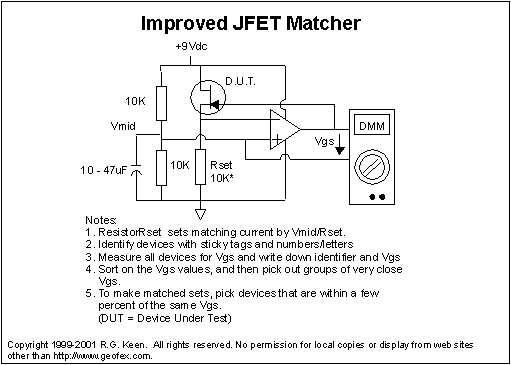My DIY phase 90 works, but effect is weak instead of a nice strong phase. The trimpot is at its best setting already. Quite a big vol drop once on. Also seems to drain battery very fast.
Twds middle it says CLICK HERE for the layout & schematic:
tonepad -- file information
Any ideas?
Thanks SC.
Twds middle it says CLICK HERE for the layout & schematic:
tonepad -- file information
Any ideas?
Thanks SC.


Comment